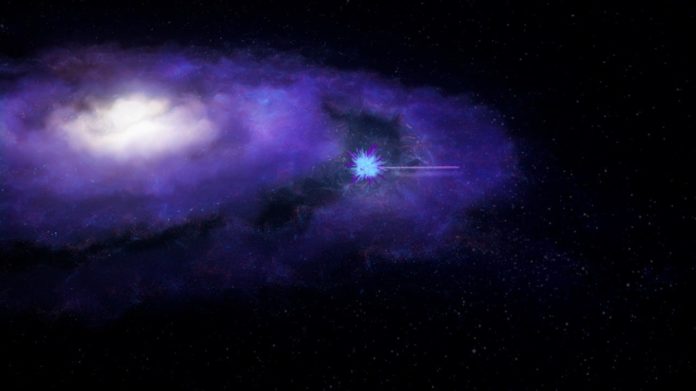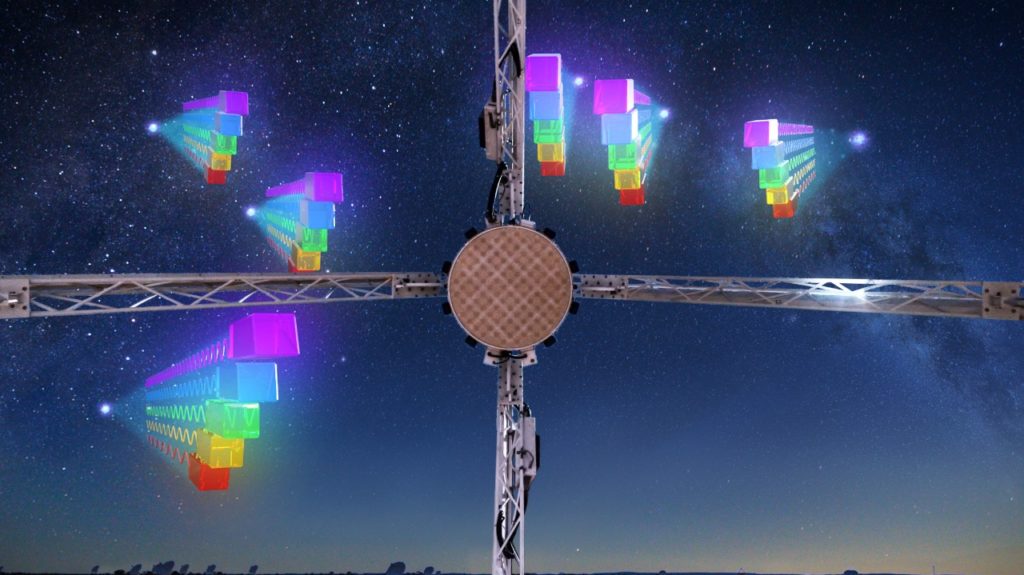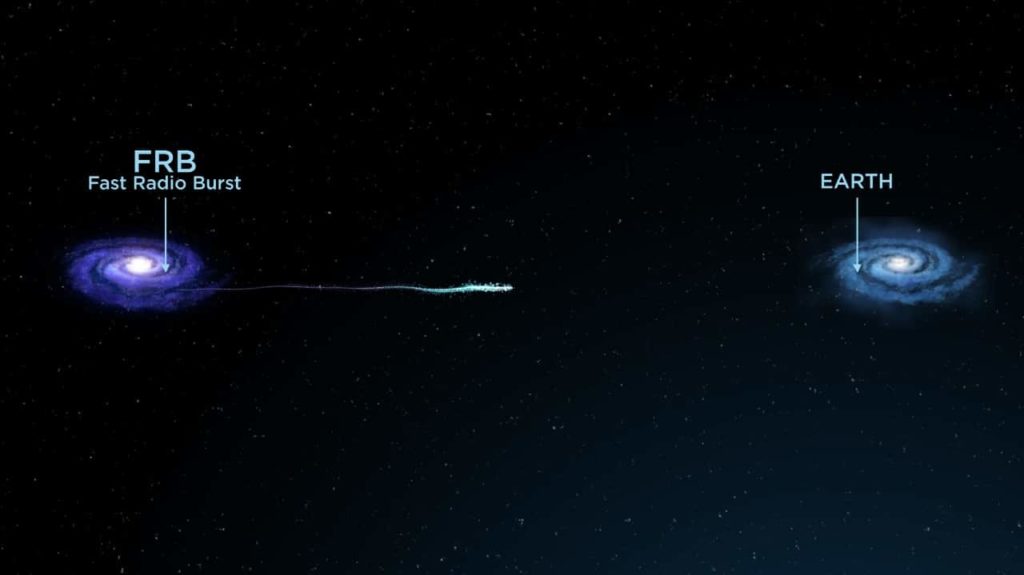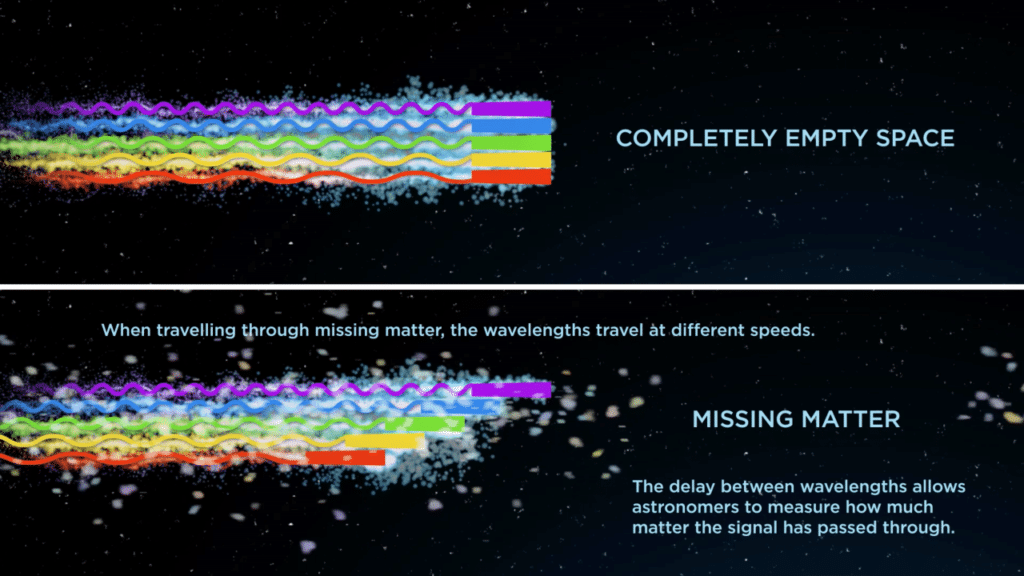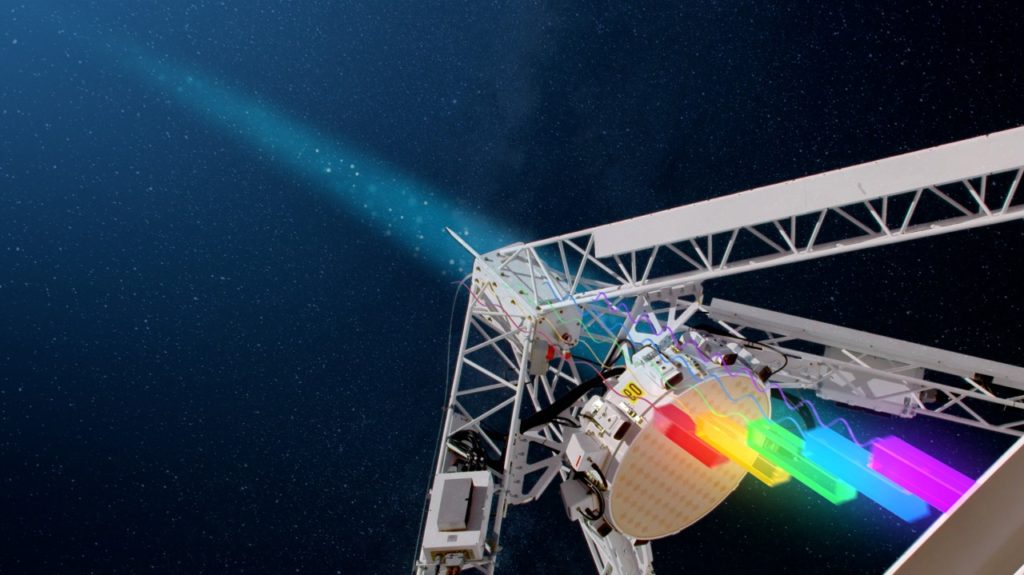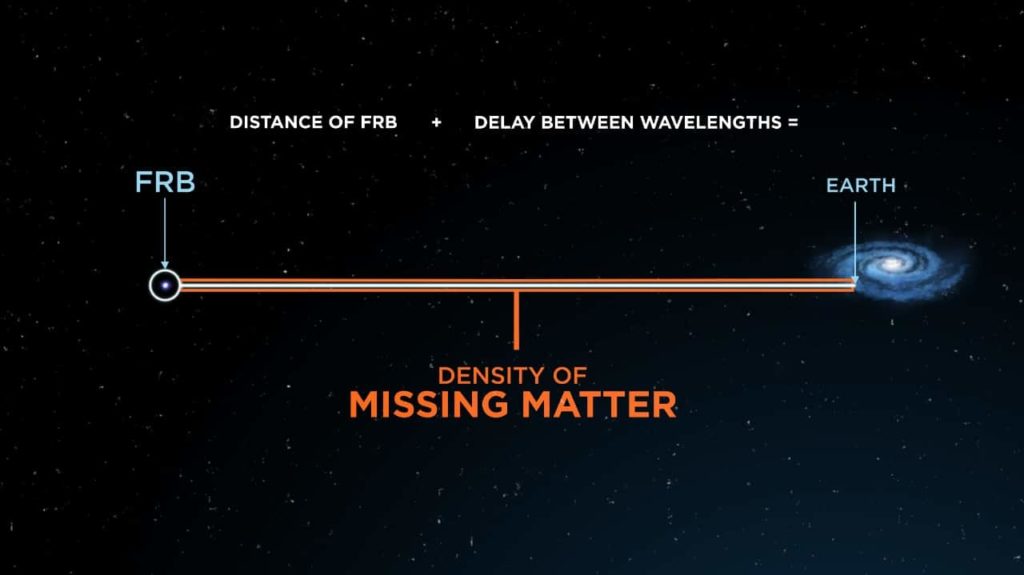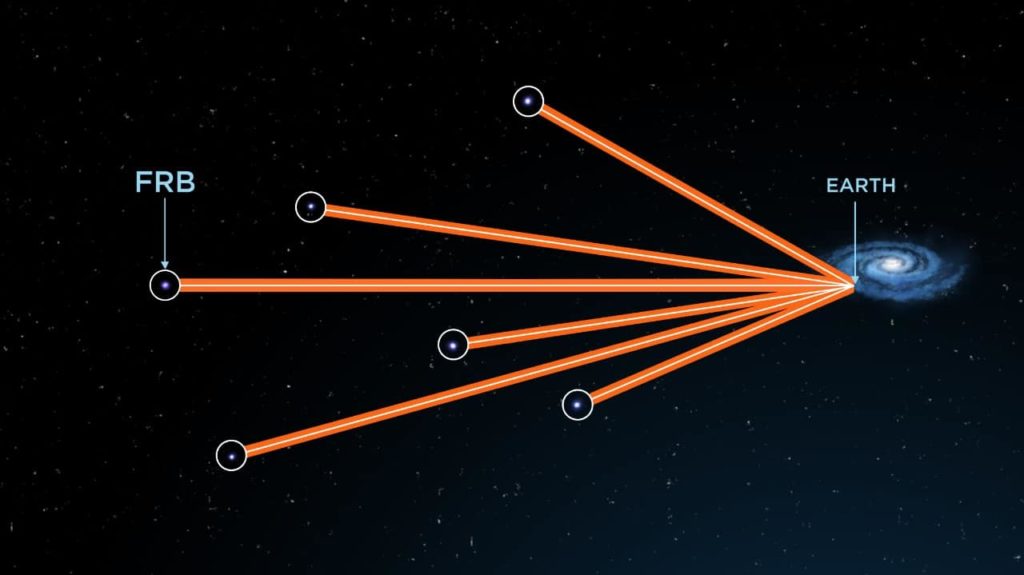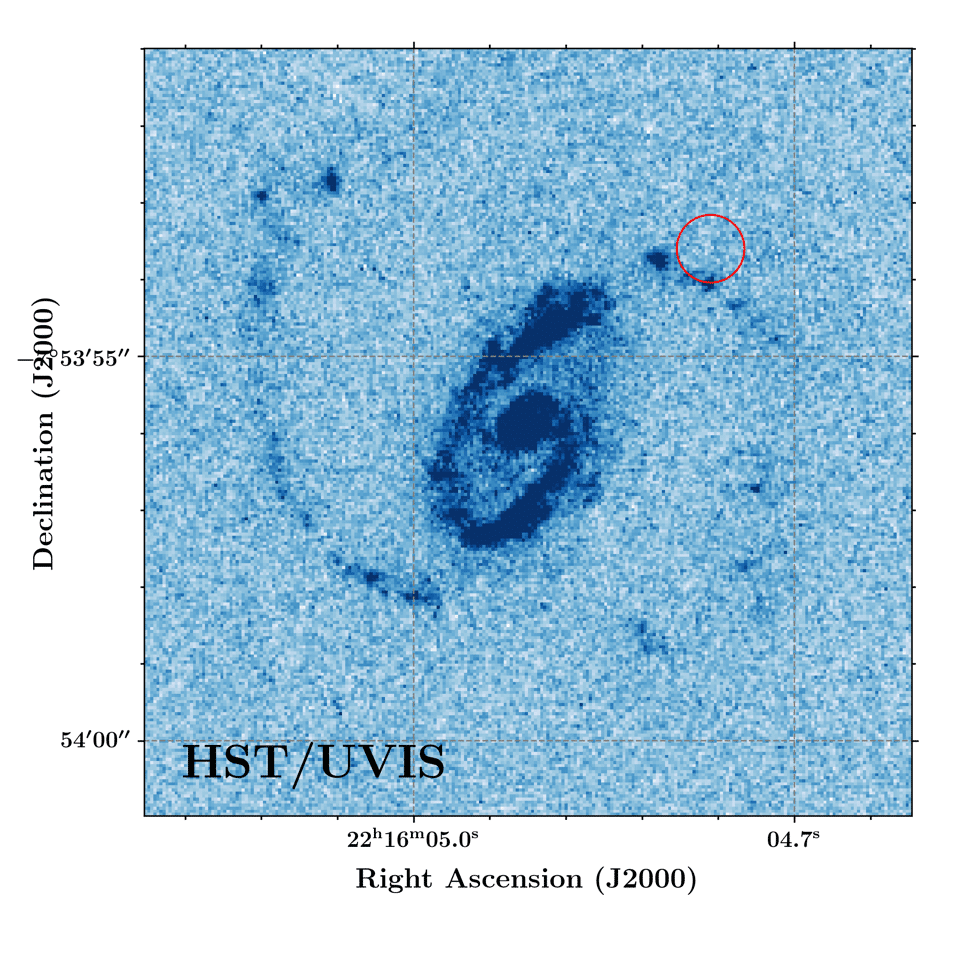From measurements of the Big Bang, astronomers have an idea about how much matter there was at the beginning of the Universe. Its been almost thirty years, astronomers are searching for the missing matter.
Various studies have had to search for the missing matter in the present Universe, but were unable to find half of what should be there.
Using fast radio bursts discovered using ASKAP, astronomers solved the mystery of missing matter. They found that all the disappeared matter lies in the space between stars and galaxies.
Lead author Associate Professor Jean-Pierre Macquart, from the Curtin University node of the International Centre for Radio Astronomy Research (ICRAR), said, “Intergalactic space is very sparse. The missing matter was equivalent to only one or two atoms in a room the size of an average office.”
“So, it was tough to detect this matter, using traditional techniques and telescopes.”
Now, scientists directly detected the missing matter using the phenomenon known as fast radio bursts. However, it remains obscure what causes them, but it must involve incredible energy, equivalent to the amount released by the Sun in 80 years.
The missing matter, in this case, is baryonic or ‘normal’ matter—like the protons and neutrons that make up stars and planets. It’s different from dark matter, which remains elusive and accounts for about 85 percent of the total matter in the Universe.
Associate Professor Macquart said, “the team detected the missing matter by using fast radio bursts as “cosmic weigh stations.”
“The radiation from fast radio bursts gets spread out by the missing matter in the same way that you see the colors of sunlight being separated in a prism,” he said.
“We’ve now been able to measure the distances to enough fast radio bursts to determine the density of the Universe,” he said. “We only needed six to find this missing matter.”
Co-author Professor J. Xavier Prochaska, from UC Santa Cruz, said, “we have unsuccessfully searched for this missing matter with our largest telescopes for more than 20 years.”
“The discovery of fast radio bursts and their localization to distant galaxies were the key breakthroughs needed to solve this mystery.”
Associate Professor Ryan Shannon, another co-author from Swinburne University of Technology, said, “the key was the telescope used, CSIRO’s Australian Square Kilometre Array Pathfinder (ASKAP) radio telescope.”
“ASKAP both have a wide field of view, about 60 times the size of the Full Moon, and an image in high resolution. This means that we can catch the bursts with relative ease and then pinpoint locations to their host galaxies with incredible precision.”
Dr. Keith Bannister from Australia’s national science agency, CSIRO, said, “When the burst arrives at the telescope, it records a live-action replay within a fraction of a second.”
“This enables the precision to determine the location of the fast radio burst to the width of a human hair held 200m away.”
Associate Professor Macquart said the research team had also pinned down the relationship between how far away a fast radio burst is and how the burst spreads out as it travels through the Universe.
“We’ve discovered the equivalent of the Hubble-Lemaitre Law for galaxies, only for fast radio bursts.”
“The Hubble-Lemaitre Law, which says the more distant a galaxy from us, the faster it is moving away from us, underpins all measurements of galaxies at cosmological distances.”
Journal Reference:
- J.-P. Macquart et al., A census of baryons in the Universe from localized fast radio bursts. DOI: 10.1038/s41586-020-2300-2
